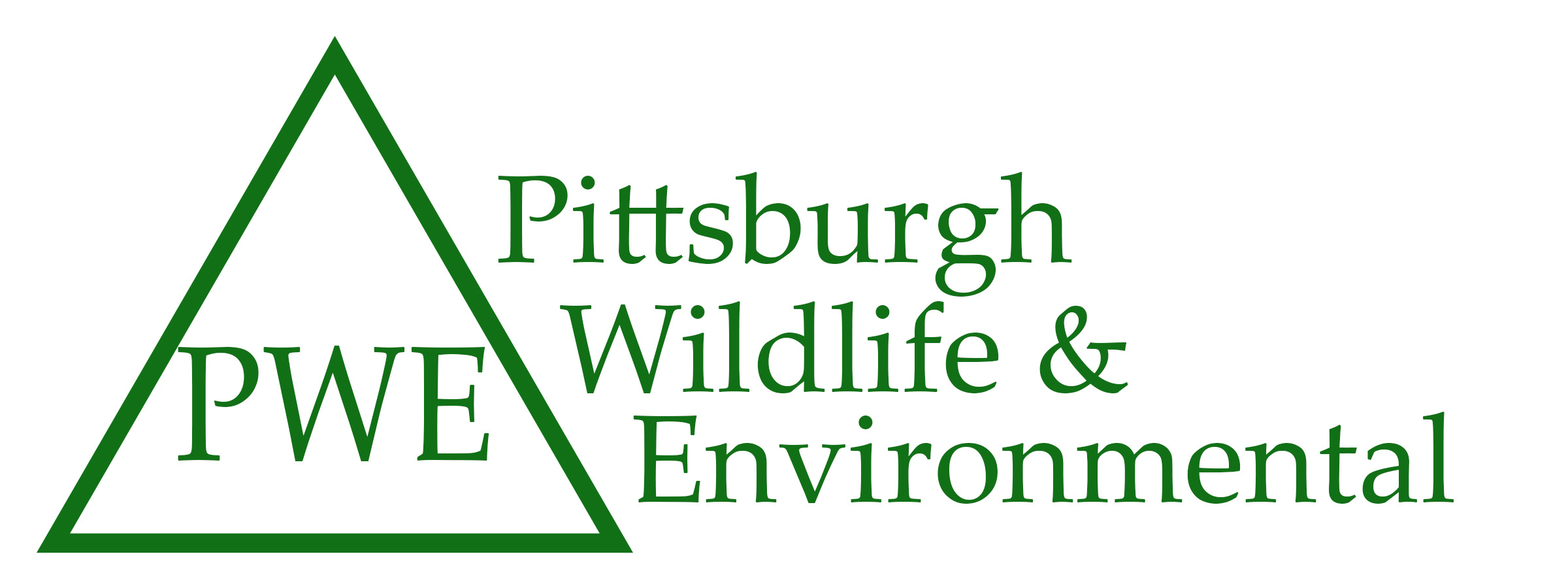Project Review
A Project Review is used to identify if any environmental conflicts or known listed species have the potential to occur within your project area. Identifying potential issues with listed species early in your initial planning phase can help guide future project decisions. Many listed species have time of year restrictions for when surveys can be completed or when you can complete work. These time restraints can impact overall project schedules. Using our years of experience, public records, and knowledge of listed species allows us to complete an informal Project Review. This informal Project Review is done internally and is not coordinated with state or federal agencies. The information can help guide you in property acquisitions, project citing, or project routing. The information obtained during this process is also used in formal Project Reviews. Formal Project Reviews are coordinated with both state and federal agencies. The information obtained by this investigation is sufficient for environmental permitting and can provide you with more detailed information that can be used to adjust your project schedule.
Completing a Project Review early in your planning phase will identify any potential conflicts with listed species. PWE is prepared to discuss your options and any alternatives based on these reviews.
Agency Consultation
Building upon the initial Project Review, PWE can advise you on whether formal consultation under the Endangered Species Act (ESA) should be initiated or if informal consultation will be sufficient. Typically, most projects fall under informal consultation. This informal consultation is used by the agencies to determine what your project is, where it is at, and if it may adversely affect listed species. For a majority of the projects we deal with, we are able to complete the project review, identify a potential avenue to speed up consultation and then conclude agency consultation within 30 days. For some of the projects we deal with, additional information is requested by the agencies. This information can range from Habitat Assessments or Surveys to the creation of Conservation Plans.
In some instances, during informal consultation it is identified that a proposed project is likely to adversely affect one or more listed species. At this point we recommend meeting with the agencies to discuss potential options or entering into formal consultation. Formal consultation under the ESA is divided into two paths, Section 7 consultation and Section 10 consultation. Consultation between two federal agencies (usually the USFWS and the USACE) falls under Section 7 of the ESA. Consultation completed between a private organization and the USFWS falls under Section 10 of the ESA. These paths differ slightly but if successfully completed, both result in the issuance of an Incidental Take Permit. If you’d like to discuss formal consultation further, please contact us and we can help advise you with the next steps.
Habitat Assessments
If your project is located within the known range of a listed species or if an agency is requesting additional information – a Habitat Assessment is typically the next step. PWE has years of experience working with threatened and endangered species and we have the skills necessary to make this a very quick and straightforward step in the consultation process. Habitat Assessments typically include literature searches and on-site assessments. Our initial assessment focuses on the presence of potential habitat for listed species or lack thereof. If habitat for a listed species is present we then will delineate it and complete an overall assessment of its quality.
Surveys
Observation and physical capture surveys are useful tools to determine if a listed species is using an area and to estimate local population numbers. PWE employees have been working with listed species since the 1990s under the USFWS and various state survey guidelines. We routinely complete the following surveys:
- Rare Plant
- Small Mammals
- Reptiles
- Amphibians
- Birds
- Fish
- Crayfish
- Mussels
Conservation Plans
During the Project Review, Agency Consultation, or based upon survey data it could be identified that a listed species is located within your project area. Working with you, federal, and state agencies we can develop a sound Conservation Plan (CP) that ensures no net loss to a listed species while your project is developed. The CP will outline your avoidance, minimization, and Mitigation measures as well as monitoring levels and success criteria. We also help you develop a construction and operation plan which avoids direct take of listed species and minimizes indirect take for inclusion with your CP. Direct take is avoided by time of year restrictions, maintaining high quality habitat areas, and maintaining the overall habitat quality within the area. Minimizing indirect take can include collocation of project components, minimizing disturbance areas, limiting habitat removal, development in phases, avoiding impacts to aquatic resources, buffering sensitive areas, and maintaining strong E&S controls. The final component to a CP is usually Mitigation.
PWE has completed CPs for a multitude of species including; listed plants, woodrats, Northern Harrier hawks, Eastern Small-footed bats, and native brook trout.
Mitigation
For projects that may result in direct or indirect impacts to listed species Mitigation may be part of your CP or at a minimum you may need to develop a mitigation plan as part of your overall consultation with a state agency. PWE has completed a multitude of mitigation plans ranging from rare plant translocation, seeding, forest management, woodrat and Eastern Small-footed rock pile creation, cave gating, to invasive species control. A multitude of ways to devise mitigation plans are available, the best plans stem from close agency coordination and a thorough understanding of the target species and your project goals.
Monitoring
Mitigation plans outline what mitigation should be completed as well as your performance criteria. PWE’s staff has the experience to assess completed mitigation, identify deficiencies, and provide recommendations on how to reach and maintain your performance criteria. We also complete Monitoring to document local sensitive species populations and habitat within and around your project in order to provide baseline data and document local population trends.

